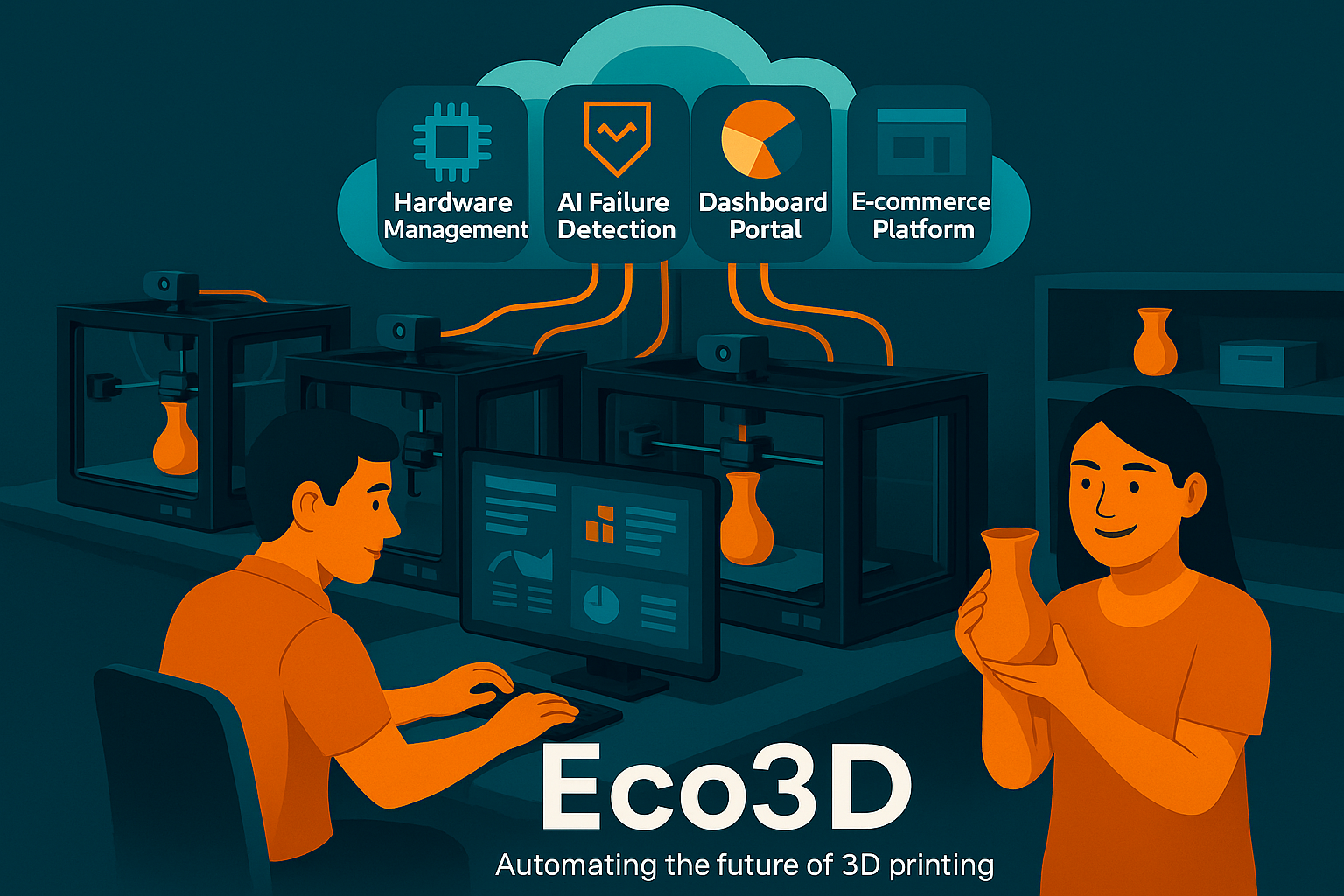The 3D printing industry has seen remarkable growth in recent years, with applications spanning from rapid prototyping to customized manufacturing. However, a significant challenge remains: the excessive reliance on manual labor throughout the printing process.
3D printing farms, which operate multiple printers simultaneously, face particular difficulties with scaling their operations. Manual monitoring of print jobs, quality control, inventory management, and customer order processing all create bottlenecks that limit efficiency and growth potential.
